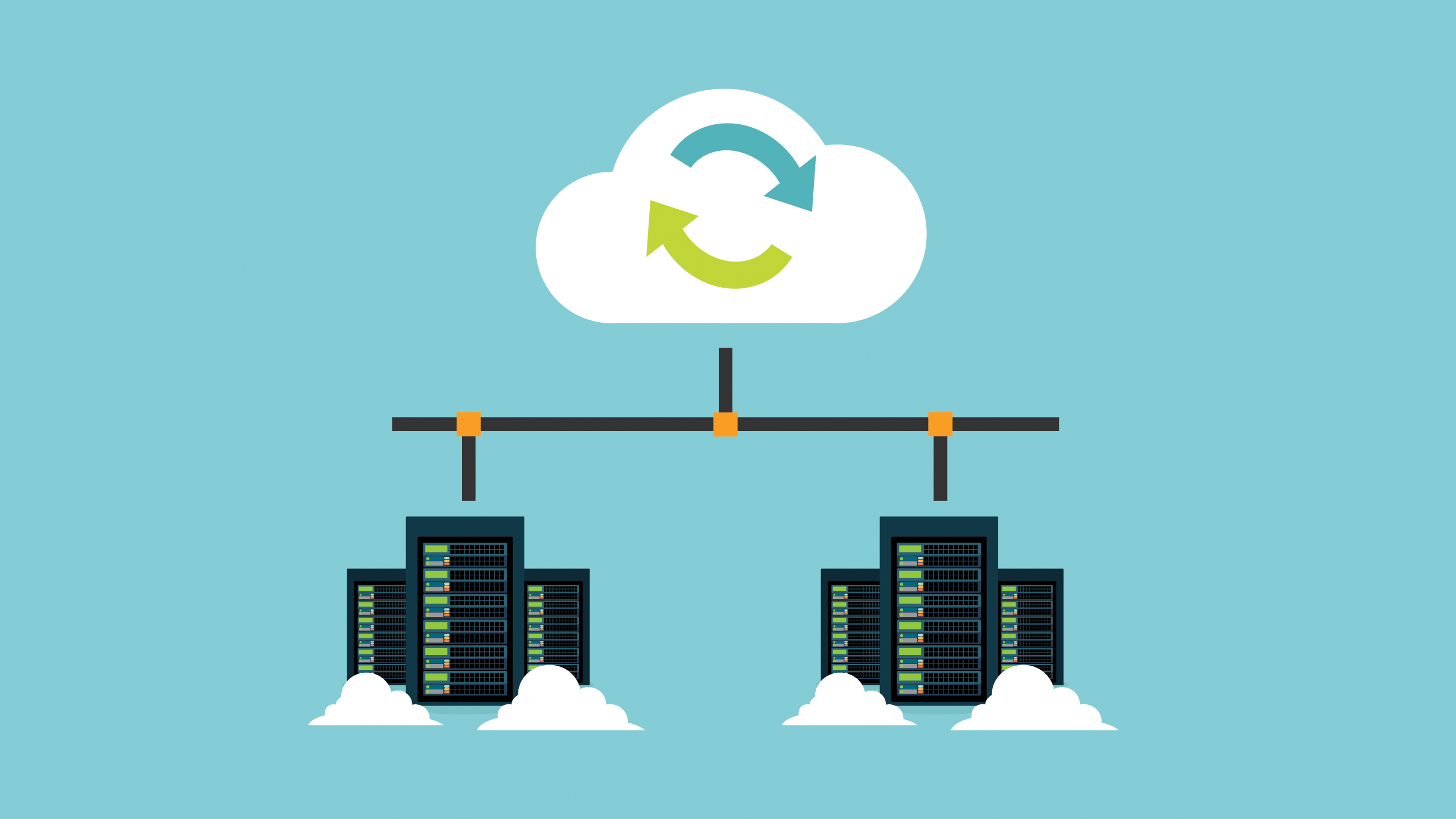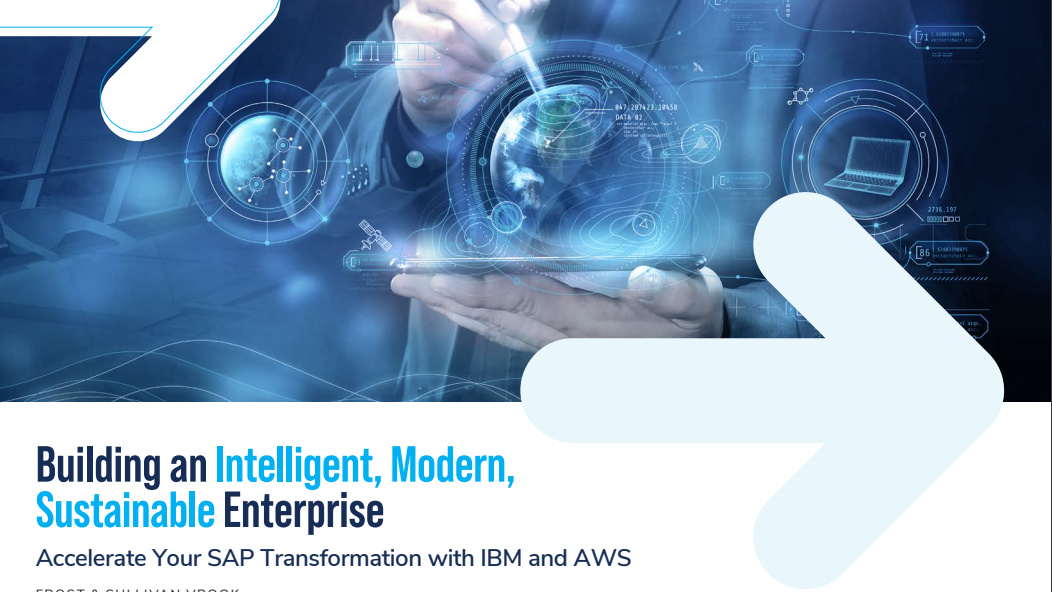Creating a roadmap for successful cloud migration
The questions to ask yourself when planning your migration

The cloud has revolutionised business IT, creating flexibility and affordability for companies to establish systems and perform complex tasks that once were only available to the most biggest organisations with the most resources.
However, something of a paradox exists at the heart of cloud migration. While the promise of the cloud is simplicity and scalability, the huge variety of options and providers on offer can result in complexity and costliness, with businesses ending up paying for more than they need across multiple vendors.
To realise the true benefits of the cloud, it’s important to create a clear roadmap to plan your cloud migration.
Key questions
To develop a roadmap that will ensure that your cloud migration will deliver what you need from it without costing you the Earth, there are some key questions that you need to ask yourself.
The first is the ‘why’. Understanding what you want to achieve from your migration is key to developing a plan. Perhaps you’ve outgrown your existing hardware or it is on the verge of becoming obsolete. You might want to cut costs, or build scalability or flexibility into your operations. Knowing what your goal is is vital for assessing the success of your migration, and will underpin your entire plan.
The ‘why’ is naturally followed by the ‘how’. Who will be the team responsible for the migration? This might be handled in-house by your IT team, or you might want to bring in outside specialists to help or take charge. Whatever the case, it’s essential that everyone is working together and knows what their place is in the plan.
RELATED RESOURCE
Creating a roadmap for successful cloud migration
The questions to ask yourself when planning your migration
This is also the stage where you need to prepare your existing infrastructure for the migration. Are you planning a hybrid environment? Can you foresee any compatibility issues, and what can you do to mitigate these? The better prepared you are, the more likely you are to avoid the biggest bumps in the road.
Finally, you need to get the timing right. The timeframe will be dictated by various factors, such as the amount and type of data to be migrated to the cloud and when the timing will be best for your business operations. Migrations can be done quite quickly or over an extended period of time, and it will be up to you and your migration team to decide what is best for your company.
Next steps
When your roadmap is ready, it’s time to put it into action. You are likely to encounter issues and roadblocks (whether large or small) during your migration and it’s important to not let them derail you from following your roadmap. Knowing the kinds of issues you are likely to face will help you to prepare for them and know what to do if they arise.
And once the migration is ‘complete’, that isn’t the end of the story. You are likely to have other tasks and goals ahead of you. After all, the beauty of the cloud is in its flexibility and scalability, so it will serve you to take a long-term perspective on your migration and the future management of your infrastructure.
To learn more about creating and executing your roadmap and what comes after, read our co-branded IT Pro/ANS report, ‘Future-proofing transformation: An end-to-end roadmap for SMB cloud migration’
Get the ITPro daily newsletter
Sign up today and you will receive a free copy of our Future Focus 2025 report - the leading guidance on AI, cybersecurity and other IT challenges as per 700+ senior executives
ITPro is a global business technology website providing the latest news, analysis, and business insight for IT decision-makers. Whether it's cyber security, cloud computing, IT infrastructure, or business strategy, we aim to equip leaders with the data they need to make informed IT investments.
For regular updates delivered to your inbox and social feeds, be sure to sign up to our daily newsletter and follow on us LinkedIn and Twitter.
-
 Should AI PCs be part of your next hardware refresh?
Should AI PCs be part of your next hardware refresh?AI PCs are fast becoming a business staple and a surefire way to future-proof your business
By Bobby Hellard Published
-
 Westcon-Comstor and Vectra AI launch brace of new channel initiatives
Westcon-Comstor and Vectra AI launch brace of new channel initiativesNews Westcon-Comstor and Vectra AI have announced the launch of two new channel growth initiatives focused on the managed security service provider (MSSP) space and AWS Marketplace.
By Daniel Todd Published
-
 The business value of Dell PowerFlex
The business value of Dell PowerFlexWhitepaper Minimize downtime and boost the productivity of IT staff with software-defined infrastructure
By ITPro Published
-
 Bring your storage from ground to cloud
Bring your storage from ground to cloudWhitepaper Dell APEX Storage for public cloud
By ITPro Published
-
 Building an intelligent, modern, sustainable enterprise
Building an intelligent, modern, sustainable enterpriseWhitepaper Accelerate your SAP transformation with IBM and AWS
By ITPro Published
-
 Tangible business value from cloud transformation remains elusive
Tangible business value from cloud transformation remains elusiveWhitepaper Discover the top five secrets to mastering cloud for business
By ITPro Published
-
 Cloud-enabled manufacturing
Cloud-enabled manufacturingWhitepaper Operations and IT leaders turn ambition into advantage
By ITPro Published
-
 Master the multi-cloud with Global Fabric
Master the multi-cloud with Global Fabricwhitepaper Achieve internet speed and reliability to match your business ambitions
By ITPro Published
-
 FinOps: A new approach to cloud financial management
FinOps: A new approach to cloud financial managementWhitepaper Best practices and culture to increase an organization’s ability to understand cloud financial management
By ITPro Published
-
 Grow your business and champion innovation with hybrid cloud
Grow your business and champion innovation with hybrid cloudWhitepaper Modernize applications for a more secure and sustainable transformation
By ITPro Published
